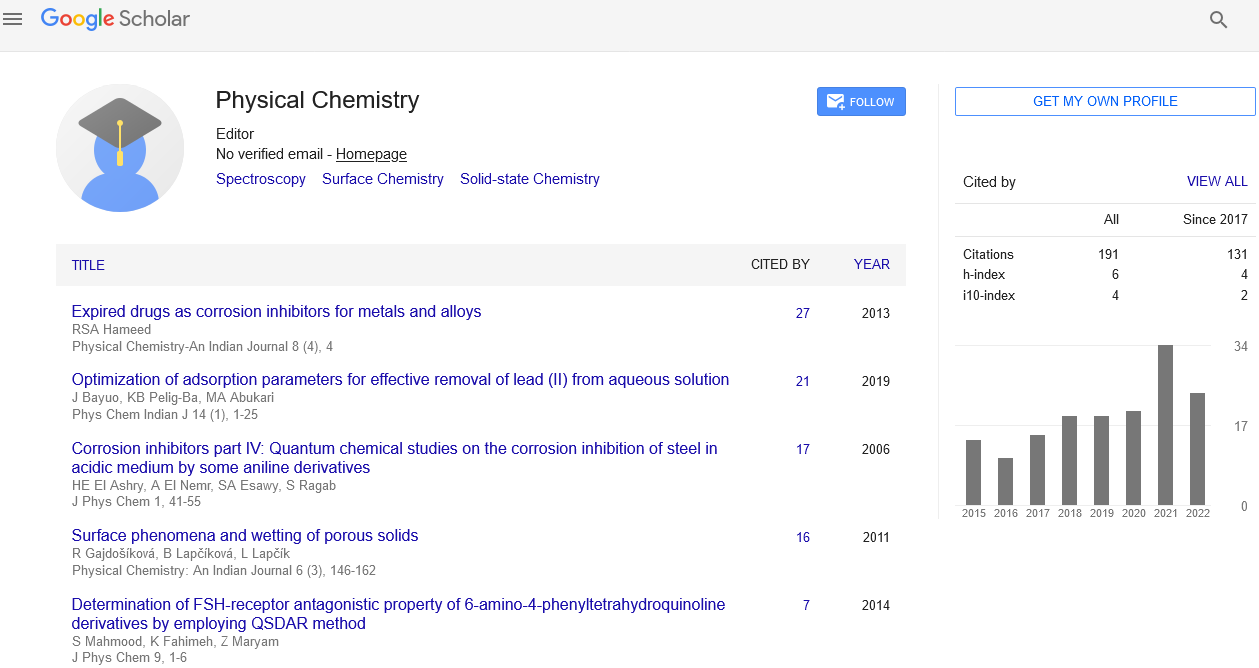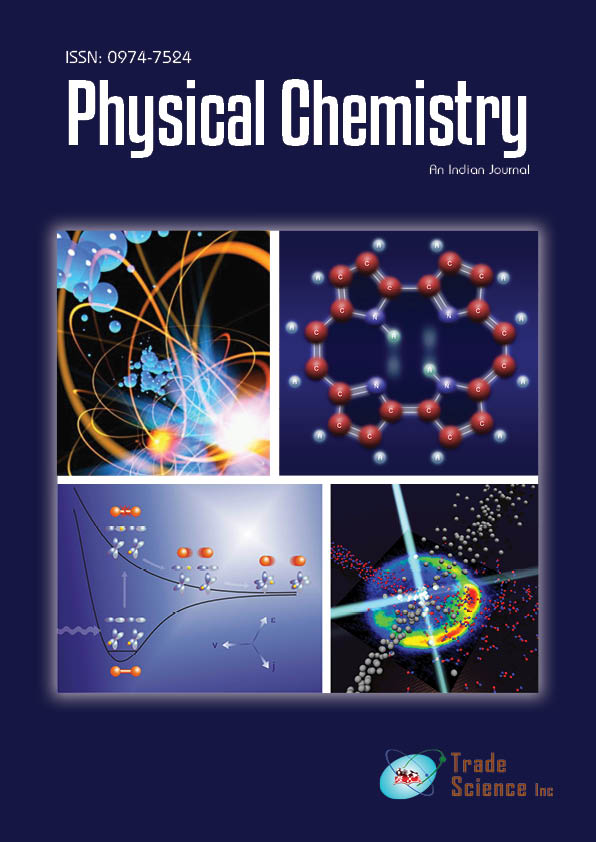Editorial
, Volume: 16( 3)X-Ray Spectroscopy
Aakshi Kainthola*
- *Correspondence:
- Aakshi Kainthola
Department of Life Sciences,
Graphic Era Deemed to be University,
Dehradun,
India,
E-mail: aakshi.kan7@gmail.com
Received: May 20, 2021; Accepted: May 24, 2021; Published: May 29, 2021
Abstract
Photons, or light particles, with wavelengths in the X-ray region of the electromagnetic spectrum are detected and measured using X-ray spectroscopy. It's utilised to aid scientists in deciphering an object's chemical and elemental properties. In various fields of science and technology, including archaeology, astronomy, and engineering, X-ray spectroscopy is employed in a variety of ways. These methods can be used separately or in combination to generate a more complete image of the material or object under investigation. X-rays are a type of electromagnetic radiation that includes X-rays. The slowing of high-energy electrons produces X-rays with wavelengths ranging from 0.01 to 10 nanometers, corresponding to frequencies in the range 30 petahertz to 30 exahertz (31016 Hz to 31019 Hz) and energies in the range 100 eV to 100 keV.
Photons, or light particles, with wavelengths in the X-ray region of the electromagnetic spectrum are detected and measured using X-ray spectroscopy. It's utilised to aid scientists in deciphering an object's chemical and elemental properties. In various fields of science and technology, including archaeology, astronomy, and engineering, X-ray spectroscopy is employed in a variety of ways. These methods can be used separately or in combination to generate a more complete image of the material or object under investigation. X-rays are a type of electromagnetic radiation that includes X-rays.
The slowing of high-energy electrons produces X-rays with wavelengths ranging from 0.01 to 10 nanometers, corresponding to frequencies in the range 30 petahertz to 30 exahertz (31016 Hz to 31019 Hz) and energies in the range 100 eV to 100 keV.
Principle of X-Ray Spectroscopy
XRF is interested in procedures that include electron beams and x-rays interacting with material.The behaviour of atoms when they interact with radiation makes this feasible. When high-energy, short-wavelength radiation (e.g., X-rays) is used to excite materials, they can become ionised.
When the energy of a photon excites an electron in an atom's inner shell, it jumps to a higher energy level. When it returns to its low energy state, the energy received during excitation is expelled as a photon with a wavelength that is distinctive of the element (there could be several characteristic wavelengths per element). Atomic X-rays were thus emitted during electronic transitions to the inner shell states in atoms with small atomic numbers.
Since these X-rays have characteristic energies related to the atomic number, each element has a distinctive X-ray spectrum that can be used to identify it.
Working of X-Ray Spectroscopy
Electrons move from one energy level to another when an atom is unstable or blasted by high-energy particles. The element absorbs and releases high-energy X-ray photons in a way that is distinctive to the atoms that make up that chemical element when the electrons adjust. Wavelength-dispersive X-ray spectroscopy (WDXS) and energy-dispersive X-ray spectroscopy (EDXS) are the two main X-ray spectroscopy techniques (EDXS). The wavelength of X-rays diffracted by a crystal is measured by WDXS. The X-ray radiation released by electrons stimulated by a high-energy source of charged particles is measured using EDXS.
Applications of X-Ray Spectroscopy
- Igneous, sedimentary, and metamorphic petrology research
- Surveys of the soil
- Exploration and mining (e.g., measuring the grade of ore)
- Cement manufacturing
- Manufacturing of ceramics and glass
- Metallurgy is the study of metal (e.g., quality control)
- Environmental research (e.g., analyses of particulate matter on air filters)
- The oil and gas business (e.g., sulphur content of crude oils and petroleum products)
- In geological and environmental investigations, field analysis is used (using portable, hand-held XRF spectrometers)
Advantages of X-Ray Spectroscopy
X-ray spectroscopy is a powerful tool for determining a compound's structure.
X-ray spectroscopy is the method of choice for structural determination when other spectrum approaches fail to reveal a compound's identity. Other characteristics such as bond lengths and bond angles are also calculated.
Limitations of X-Ray Spectroscopy
The approach necessitates the presence of a single crystal of a chemical.
Most chemists find this process laborious, time-consuming, and labor-intensive. It also necessitates a deft hand.

